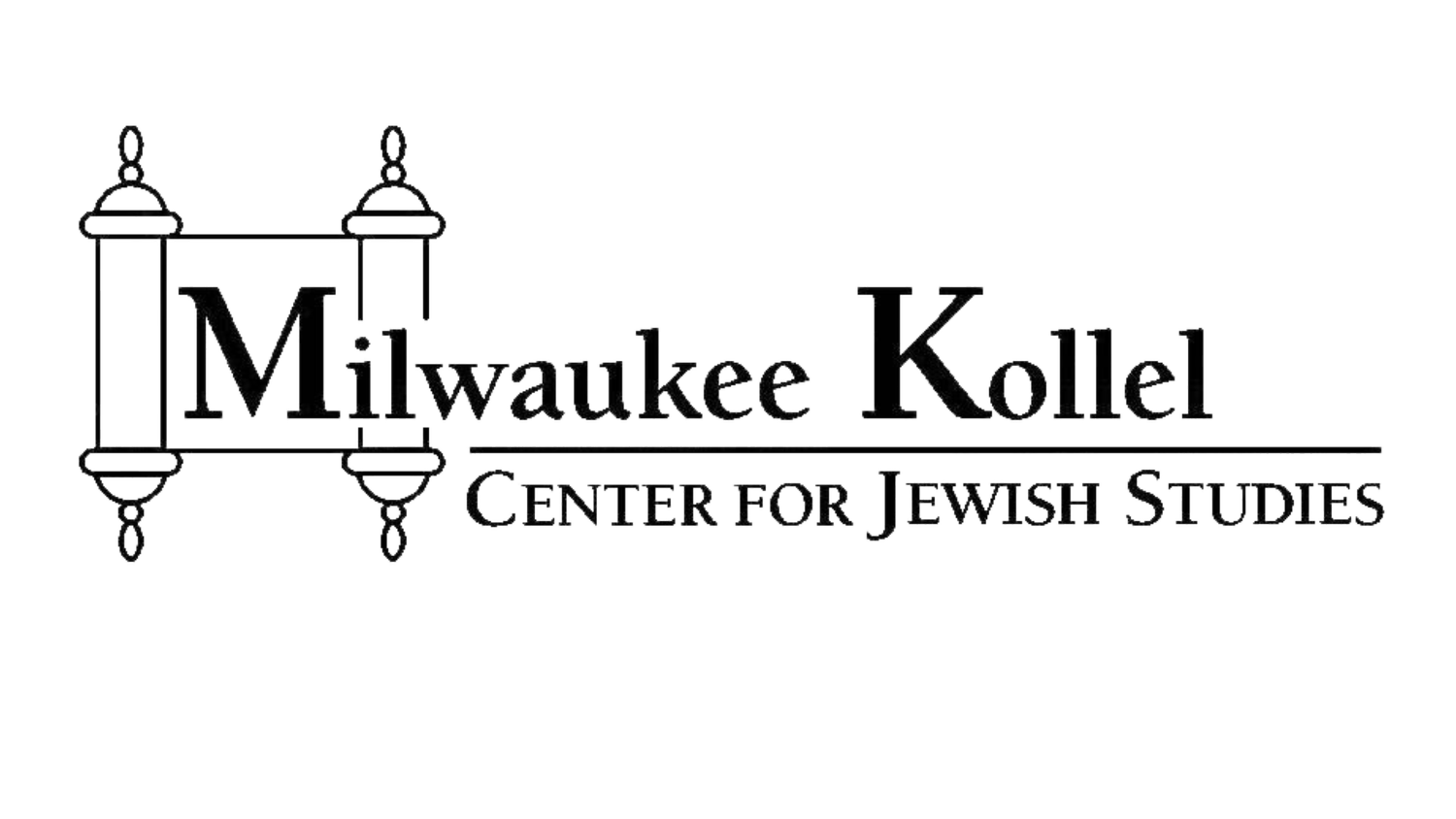Parshas Teruma: The Beauty of Torah
Rabbi Mendy Stern
Regarding the construction of the menorah the pasuk in this week’s parsha (25:36) teaches us, כַּפְתֹּרֵיהֶם וּקְנֹתָם מִמֶּנָּה יִהְיוּ כֻּלָּהּ מִקְשָׁה אַחַת זָהָב טָהוֹר, “Their knobs and branches shall be of it; all of it a single hammered piece of pure gold.” The menorah was required to be fashioned from a single ingot of gold, with all of its parts and decorations coming from within, rather than those parts being made separately and fused on later.
I would like to suggest a practical lesson we can learn from this. We know that the light of the menorah symbolizes the study of Torah, as the pasuk says (Mishlei 6:23) כי נר מצוה ותורה אור, a mitzvah is like a candle, and the Torah is the light. Based on this, the Gemarah teaches us (Baba Basra 25b), הרוצה שיחכים ידרים, one who wishes to become wise in the study of Torah should turn slightly towards the south while he prays, as we find in the Bais HaMikdosh, the menorah was on the south side.
Similarly, the Medrash (Bereishis Rabbah 91:9) teaches us that whenever Rabbi Tarfon would hear a nice Torah thought, he would say כפתור ופרח, a reference to the decorations on the menorah. The Netziv (He’emek Davar Shemos 37:19) explains that just as the menorah symbolizes the Torah, the decorations on the menorah symbolize חידושי תורה, novel interpretations in the Torah, which delight and “decorate” the study of Torah. Therefore, when Rabbi Tarfon would hear a beautiful new idea, he would praise it by referring to it as כפתור ופרח. [Indeed, in many seforim, one can find this expression used when the author feels that he has correctly or beautifully explained something. After finishing his thought, he will exclaim וזה כפתור ופרח, and this explanation is like the decorations on the menorah.]
To many, Chidushei Torah, Torah novella, represent the pinnacle of learning Torah. Not only does one understand the material with a clarity, but he is even able to “be mechadesh,” to innovate and explain it in a new, fresh manner. Unfortunately, not everyone feels capable of learning on such a level. They may feel barely capable of understanding the simple explanation, certainly they can’t suggest new approaches or explanations. For some, this may be somewhat depressing, for who doesn’t want to learn on a higher level?
However, the great Rav Chaim Volozhiner (Keser Rosh 56) teaches us that Torah novella are easily accessible to everyone on all levels. He says: “חידושי תורה are considered any time you learn more and the material becomes clearer to you etc. The more you review, the clearer the subject matter will become, and you will understand the reasons and explanations better, and this is called חידושי תורה.”
We see from here that one is not required to innovate in order to attain the goal of learning Torah novella, rather one need only review and clarify what he has learned, and to the extent that he gains clarity, he has achieved the exalted level of חידושי תורה. As such, everyone can aspire to the level of Torah novella, for everyone is capable of learning with a greater degree of clarity on their individual level.
May we suggest that this message is included in the pasuk we started with. Even the decorations of the menorah were required to be internally generated. As we mentioned, the decorations symbolize חידושי תורה. The Torah is teaching us that true חידושי תורה do not need to be external, such as a new question or answer, rather true חידושי תורה also come from within. When one learns and studies persistently, reviewing the material over and over again, the internally generated clarity is itself that wonderful concept we call חידושי תורה.
We should all merit to learn with depth and clarity, and each one of us should be able to “innovate” in Torah in our own way.
